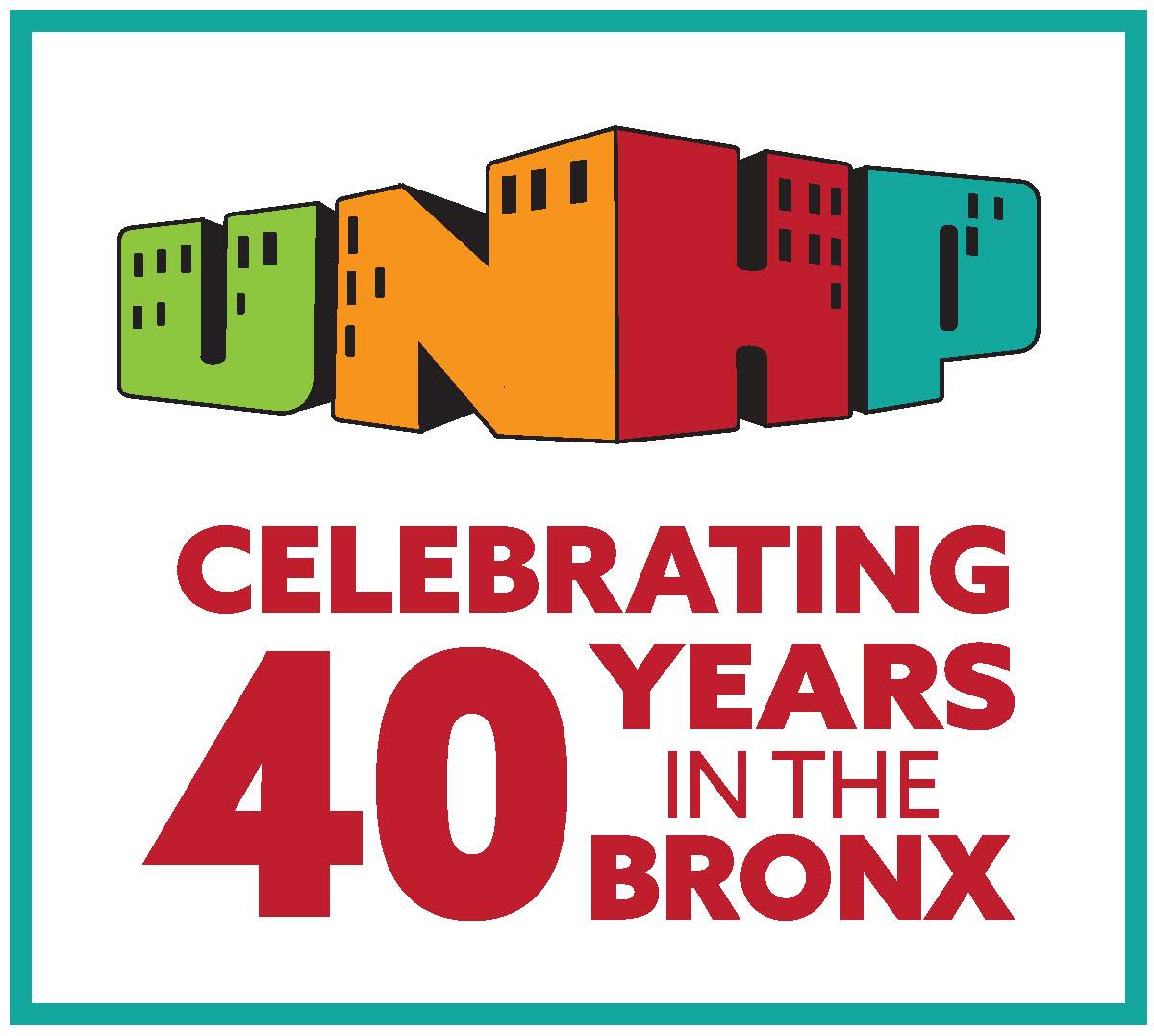Supporters and friends of University Neighborhood Housing Program (UNHP) filled the small auditorium at Fordham University's Walsh Library on June 25 to mark 20 years since the founding of the North Fordham-based nonprofit.
But it was hardly all celebration, as the group took the opportunity to issue a well-documented warning about a serious vulnerability in the borough's housing market.
UNHP often helps tenant and community groups purchase residential apartment buildings. In doing so, the group figures out what an acceptable purchase price is by looking at the building's rental income, building expenses, and necessary renovation costs.
In the course of this work, executive director Jim Buckley and his staff noticed a few years ago that some Bronx buildings were selling for a lot more than they seemed to be worth.
"We were coming up with prices that were substantially lower than what the buildings were selling for," Buckley said. "It made us wonder what was actually happening in the market."
UNHP then embarked on a research project that culminated in the report released at the anniversary celebration. Entitled "A Real Estate Bubble in the Bronx? A Study of Trends in Bronx Multifamily Housing Pricing, 1985 to 2001," the report discovered clear signs of a speculative market in the Bronx.
While discovering that sales prices for Bronx buildings have been rising since 1996, UNHP found no comparable increase in net operating income.
And, for several reasons, the prospects for generating the kind of higher rents associated with up-and-coming neighborhoods are severely limited. The Bronx has the lowest per capita income in New York City. Bronx residents are also paying a higher percentage of their income in rent than their counterparts in the four other boroughs. Finally, Bronx buildings have the highest level of housing maintenance deficiencies in the city, according to UNHP's research, which was done with help from the Citizens Housing and Planning Council.
But none of these warning signs have slowed the buyer's rush to scoop up buildings for less than they are worth. And that could eventually lead to a bursting bubble.
"Speculative investment patterns, while possibly profitable for individual investors, will contribute to a general overvaluing of the Bronx multifamily market and when that bubble bursts, building deterioration and foreclosures are likely to increase significantly," states the report, which was co-written by Buckley and Catherine O'Leary, a political scientist.
Buckley says that when a prospective landlord buys a building, he or she is not necessarily intentionally planning to neglect it. But the complicated economics of maintaining a healthy building sometimes gets lost in the process.
"People get kind of caught up in the moment of the deal," Buckley said. "[They are] so focused on trying to buy the property, [they are] not playing out what it actually means to run the property. [They may not] be entering the business to milk the building to reduce operation costs and services, but frequently that becomes the result."
Buckley believes banks providing the mortgages are culpable when new owners are unable to maintain their buildings. If the buyer of a single-family home brings a lot of cash to the closing, "the bank is going to have all kinds of questions about where that money is coming from," Buckley said. "We're suggesting that the same type of inquisitiveness be brought to [the buyer of a] multi-family dwelling as well."
In addition to its research, UNHP has relatively recent history to back up its warnings. In the 1980s, the Federal Home Loan Mortgage Corporation, known as Freddie Mac, made dozens of mortgages to Bronx properties for sale prices that were far beyond what the landlords were able to pay back. As a result, landlords neglected the buildings and many ended up in foreclosure.
And that's what worries UNHP and other housing advocates. "Foreclosure takes a while," Buckley said. "It can take up to a couple of years if the entity that's being foreclosed on exercises all of its legal rights. Buildings end up in limbo. [No one] is going to sink money into major repair work. If the building is lucky, it enters into slow decline; if it's not lucky, a sharp decline."
To forestall foreclosures and auction of buildings, a process that leaves tenants in dangerous building conditions for an extended period of time and threatens neighborhood stability, UNHP unveiled a proposal for the creation of a Mortgage Foreclosure Prevention Clearinghouse to identify and lend assistance to problem properties. Community groups, city agencies, owners, banks and lenders that are involved with distressed properties could access the clearinghouse which would "move troubled properties quickly to new ownership or to ensure that critical rehabilitation funds find their way to the property to avoid further deterioration of services and building conditions, while also avoiding the lengthy and expensive process of foreclosure."
To get the idea off the ground relatively quickly, UNHP suggests that the clearinghouse, which "would attempt to work with the existing owner and the financial institution to devise an action plan to improve conditions in the building," be housed within an existing organization that currently deals with lenders and with non-profit and for-profit real estate transactions. While especially pertinent to the Bronx, Buckley said the clearinghouse could service troubled buildings throughout the city.
Naomi Bayer of Fannie Mae, a company that works in the secondary mortgage market and has been involved with buildings in the northwest Bronx, supports the clearinghouse concept.
"I think it's in everyone's best interest," Bayer said. "No one wants to deal with a property that is going into default or is in distress. Anything that can be done to prevent that is a good thing."
